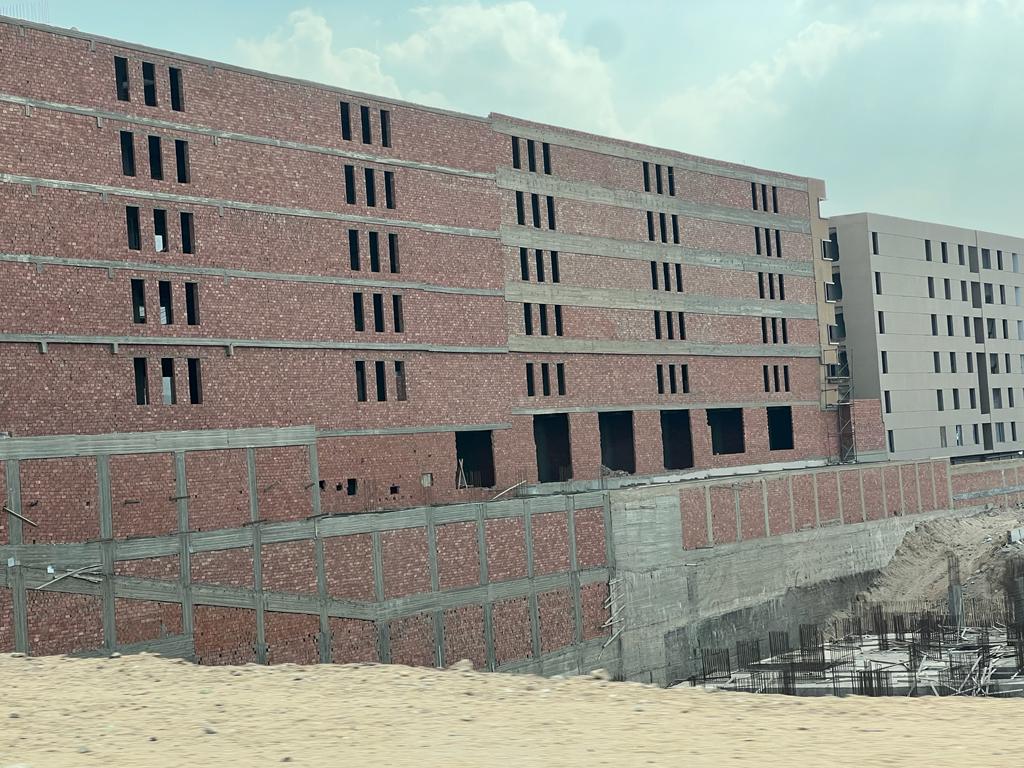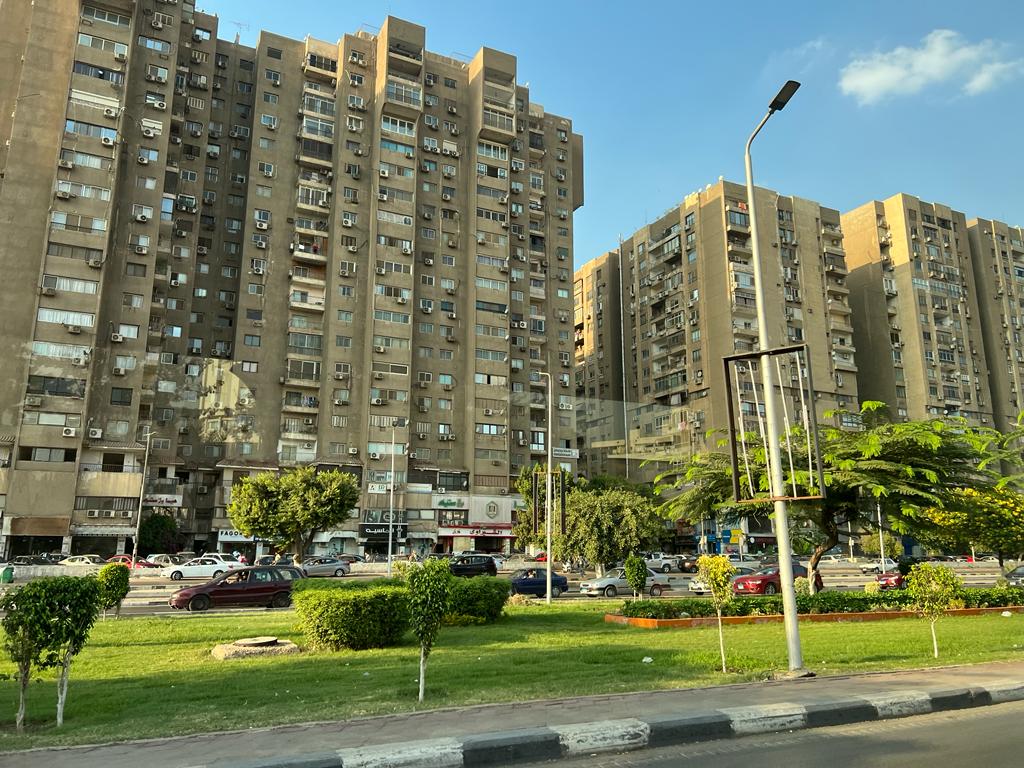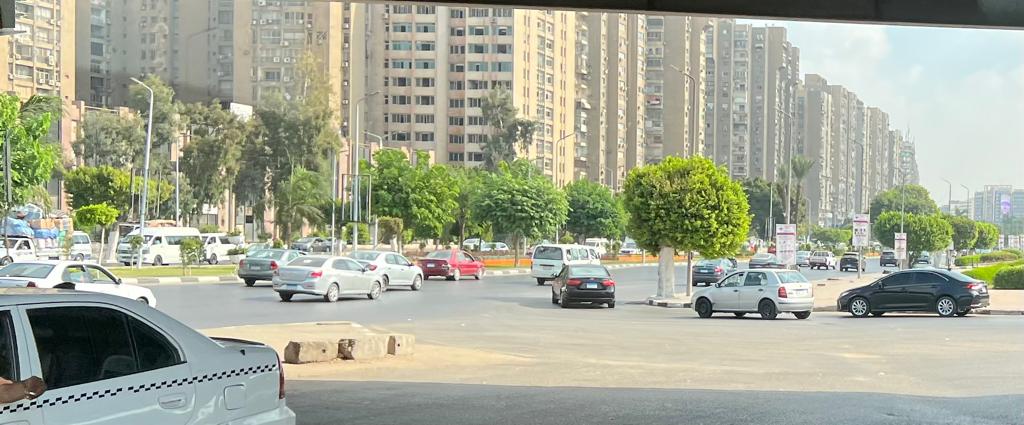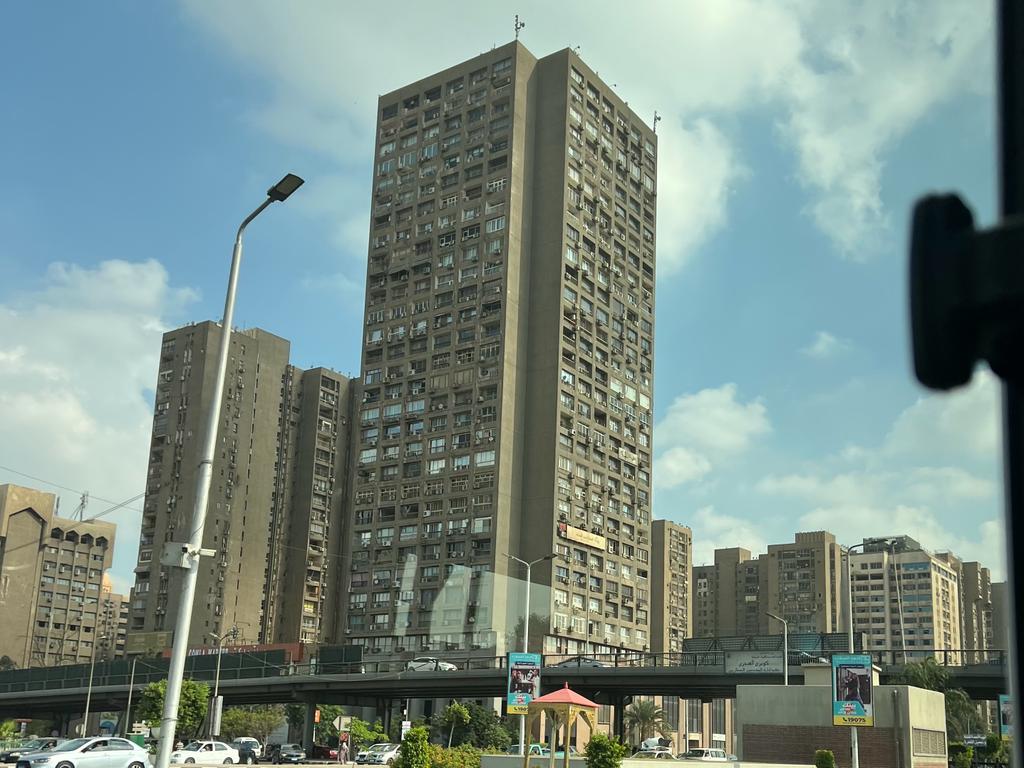We need Urban Renewal in our Housing
In the last couple of days, I’ve been a participant in a construction conference and trade exhibition in Egypt. My curious self, as we were being shuttled from our hotel to the Exhibition Centre in the heart of Cairo, we all took an interest in looking around for a good view of this ancient city.
Let us not, my dear friend that modern Cairo was founded in the year 969 CE. It is known that the land currently occupied by the recent day city used to be the same site of ancient State capitals some of whose remnant arts remain visible in a part of the city now known as Old Cairo.

Before emplaning to Egypt, I had deliberately read a bit about the country and the city of Cairo. I had read about the fact that as of 2023, the city of Cairo with a land size of 453km2 (175sqm) had a staggering population of 22,183,000. I was, therefore, expecting a very chaotic city full of human and vehicular traffic congestion, environmental and health hazards associated with congestion, environmental pollution, etc.
Our flight took off at 1.45 pm and touched down in Cairo at about 10.45 p.m. (7.45 pm Ghana time). By the time we completed disembarkation formalities and got to the hotel, it was almost As a result, it was only in the morning as we drove off to our conference destination that we were able to fully appreciate the city.
As we drove around the city, I could not help but admire the very well-planned nature of the city, the very broad highways and urban roads very well paved with no potholes, very well-manicured lawns, walkways and pavements as well as very beautifully planted and nurtured flowers, plants and shrubs. I had completely fallen in love with this very ancient city. By way of the environment, one could see a few things littered here and there but by and large, the neatness of their environment and public spaces was extremely commendable.

Now came my dilemma! How could this city, one of the oldest in the world be so well planned that with a population of over twenty-two million, it still had all the trappings of a very modern city? The entire Greater Accra Region of Ghana as of 2023 has a population of 2,660,000 people occupying a land size of 3,245km2.
Yet, Accra is visibly congested, and largely unplanned except for a few residential areas, struggling with the issue of environment, infrastructural imbalances, etc. How could this be? How is it that 2.6 million people are struggling to live on a 3,000km2 land and yet another city has 22 million people comfortably enjoying 400km2?
As I thought through this, my eyes were opened to the solution that the city authorities had carefully and intentionally carved in their development of Cairo. As you drive through the city, one could not fail to notice huge residential apartments dotted all across the city in huge clusters. These block apartments could rise between six and 25 floors between one-bedroom apartments and three-bedroom apartments.
It is impossible to drive anywhere in the city for more than three minutes without seeing a block of several apartments neatly staring at you. Yet these are all social housing infrastructure provided by the State for which citizens have or are paying mortgages to own. The huge advantage scattering of these apartments all across the city was that low to middle-income earring workers did not need to spend that much on the cost of living.
Taking children to school, going to work, seeking medical care, attending religious worship, etc can all be obtained within a maximum time space of minutes. In that case, you could actually live comfortably there without even thinking of ever owning a car since unlicensed transport works.
One’s disposable income is then actually available for more critical things. What this does, is to improve the quality of life of the people and further enhance life expectancy. In Cairo, according to the survey report, about 40% of the families have lived in their houses for twenty years and have no desire to move.

Yet in my backyard Accra, these are benefits that are a scarce commodity not because the citizens have done anything wrong but simply because our leaders have and continue to fail us in the planning and development of our cities. In the 1990s, government through SSNIT started housing projects across the city.
Even though these were abandoned after a while the beneficiaries ended up becoming largely middle to high end earners and not the ordinary workers it was meant to serve. Then came the housing interventions by His Excellency John Kufuor and John Mahama both of which were abandoned for several years before either being repacked for other uses or something else. Why do we do these things to ourselves?
The Daily News online reported on October 10, 2019, that about 67% of Egyptian families owned their own housing units and added that this was one of the highest rates of housing ownership in the world. The interesting thing, according to the story was that “Cairo is one of the highest cities in the world in regard with housing units owned by individuals, recording 60%”.
Certainly, there are other house types in other parts of New Cairo, Obour, and Shorouk where you’d find high-end housing units for the high-end income bracket earners.

Intrigued by this, I searched for the availability of rental units and the going rates. The Chief Executive of the Mortgage Finance Fund in Cairo Mai Abdul Hamid is said to have indicated that, “families living in houses with new rent contracts allocate 22.5% of their income for the rent, while those living in houses with old rent allocate only 3% of their income for the rent, according to the study conducted on a number of citizens within the social housing programme.
In Accra, people who are on a salary of say GHS2,000 have to spend a minimum of 40% of that on housing alone, another 30% on food and some 30% on transportation leaving nothing for healthcare, children’s education, and family life let alone talk about investment, vacation, etc. What kind of life is that?
Interestingly, we are told that the government and people of Egypt are of the view that the city of Cairo is becoming ugly. They are therefore developing a new Cairo just at the fringes of the old city. Meanwhile, some of the apartments that the city authorities consider old and dilapidated are from time to time brought down and new ones developed in their place by way of ensuring urban renewal.
The urban development and city renewal and control measures being implemented in Cairo are not too difficult to implement. If our government, State authorities and other actors are fully minded with the ultimate welfare of the citizens at heart, we should be able to give to make the wish of Dr Kofi Busia, “To every GHANAIAN, a JOB; to every WORK, SECURITY; to every FAMILY, a DECENT MEAL and a DECENT HOME; to every PERSON, EQUAL OPPORTUNITY and SOCIAL JUSTICE; to every INDIVIDUAL, THE ESSENTIAL FREEDOM OF SPEECH AND EXPRESSION, FREEDOM OF MOVEMENT and ASSOCIATION, FREEDOM OF CONSCIENCE OF WORSHIP; and to all GHANAIANS, PROGRESS” come true. The good Ghanaian people are not too demanding and this request should be a priority for our State actors so that our citizens will be very happy.



